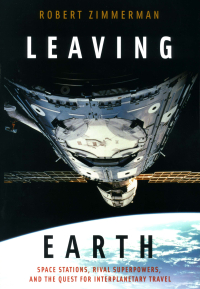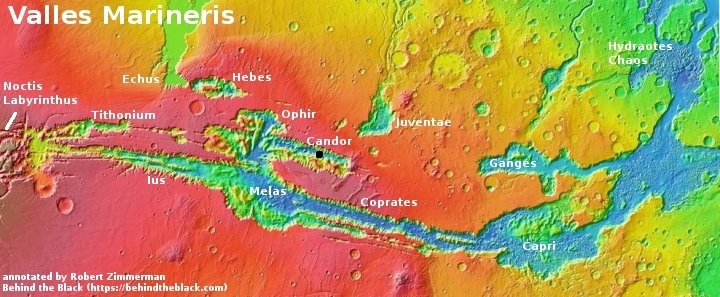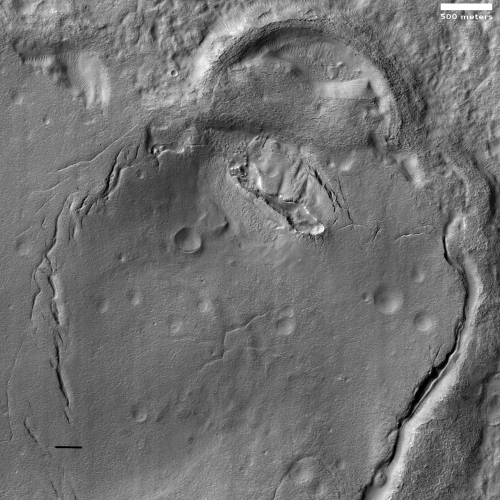Iran launches military satellite
The new colonial movement: It appears that Iran has successfully launched a small military satellite into orbit, Noor-2, though exactly when remains unclear.
IRGC [Islamic Revolutionary Guard Corps] said the Noor-2 satellite reached a low orbit of 500km (310 miles) above the Earth’s surface on the Ghased satellite carrier, state-run Islamic Republic News Agency (IRNA) reported. It described the Ghased as a three-phase, mixed-fuel satellite carrier.
IRGC did not immediately release photos or video of the launch. Putting the second satellite in space would be a major advance for Iran’s military.
The Ghased or Qased rocket uses a mobile launcher design, and was used for Iran’s previous successfully launch in 2020.
In confirming the launch, U.S. Space Command officials called the satellite nothing more than “a tumbling webcam in space,” suggesting it is not very sophisticated. At the same time, the first stage of Qased is essentially a ballistic missile. To be able to use this mobile launcher to get anything into orbit means that same mobile launcher, without the upper stage, could deliver missiles anywhere on Earth, and do so in a manner that is undetectable prior to launch.
This launch, the first for Iran in 2022, does not change the 2022 launch race leader board:
9 SpaceX
5 China
2 Russia
2 ULA
The U.S. leads China 14 to 5 in the national rankings.
The new colonial movement: It appears that Iran has successfully launched a small military satellite into orbit, Noor-2, though exactly when remains unclear.
IRGC [Islamic Revolutionary Guard Corps] said the Noor-2 satellite reached a low orbit of 500km (310 miles) above the Earth’s surface on the Ghased satellite carrier, state-run Islamic Republic News Agency (IRNA) reported. It described the Ghased as a three-phase, mixed-fuel satellite carrier.
IRGC did not immediately release photos or video of the launch. Putting the second satellite in space would be a major advance for Iran’s military.
The Ghased or Qased rocket uses a mobile launcher design, and was used for Iran’s previous successfully launch in 2020.
In confirming the launch, U.S. Space Command officials called the satellite nothing more than “a tumbling webcam in space,” suggesting it is not very sophisticated. At the same time, the first stage of Qased is essentially a ballistic missile. To be able to use this mobile launcher to get anything into orbit means that same mobile launcher, without the upper stage, could deliver missiles anywhere on Earth, and do so in a manner that is undetectable prior to launch.
This launch, the first for Iran in 2022, does not change the 2022 launch race leader board:
9 SpaceX
5 China
2 Russia
2 ULA
The U.S. leads China 14 to 5 in the national rankings.










